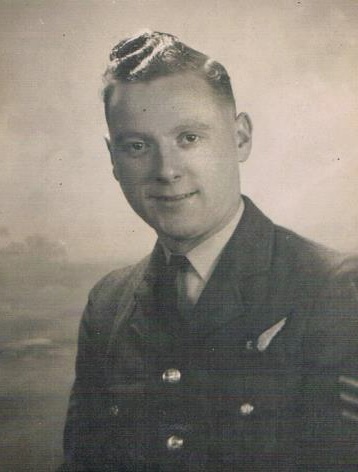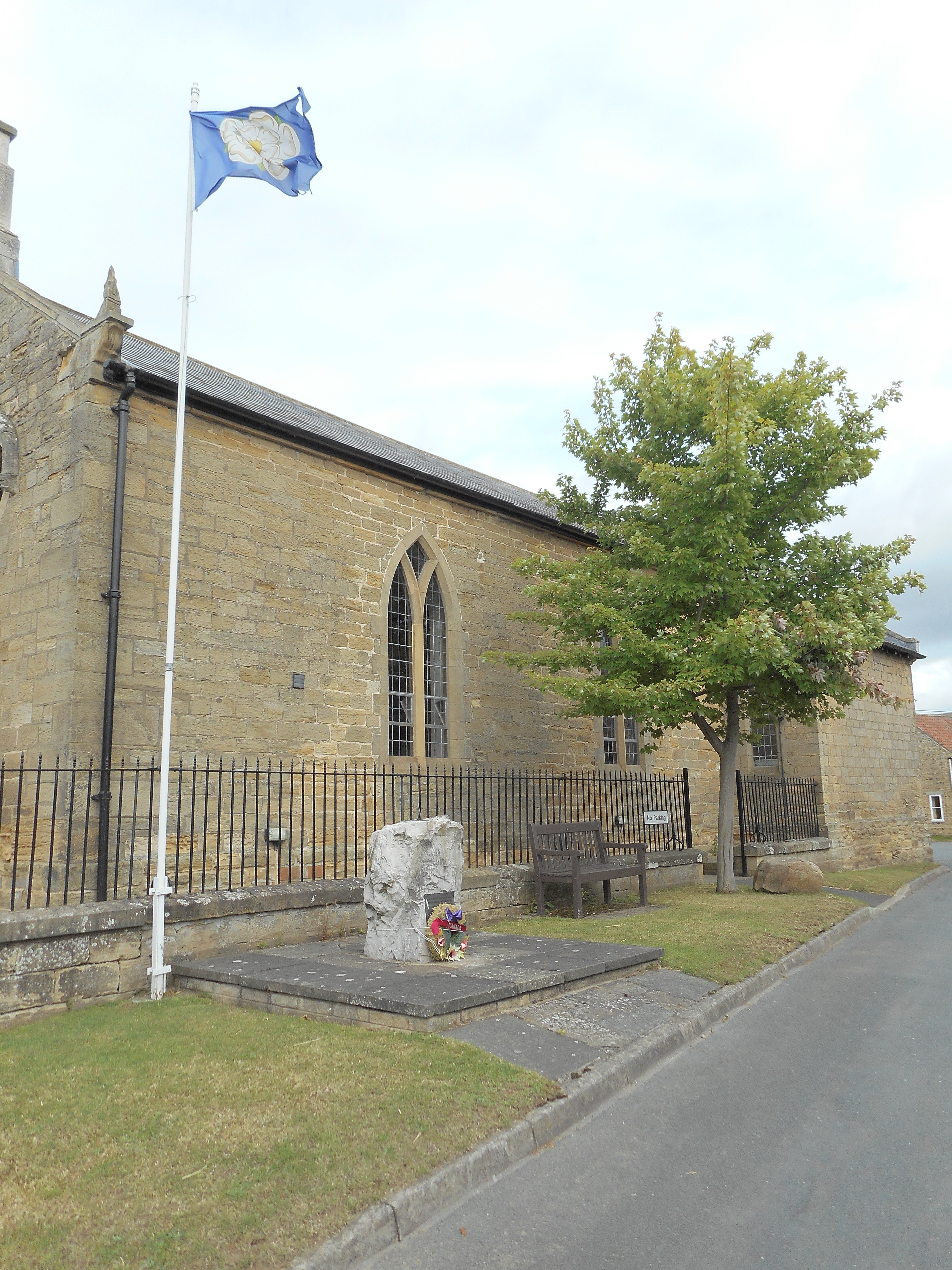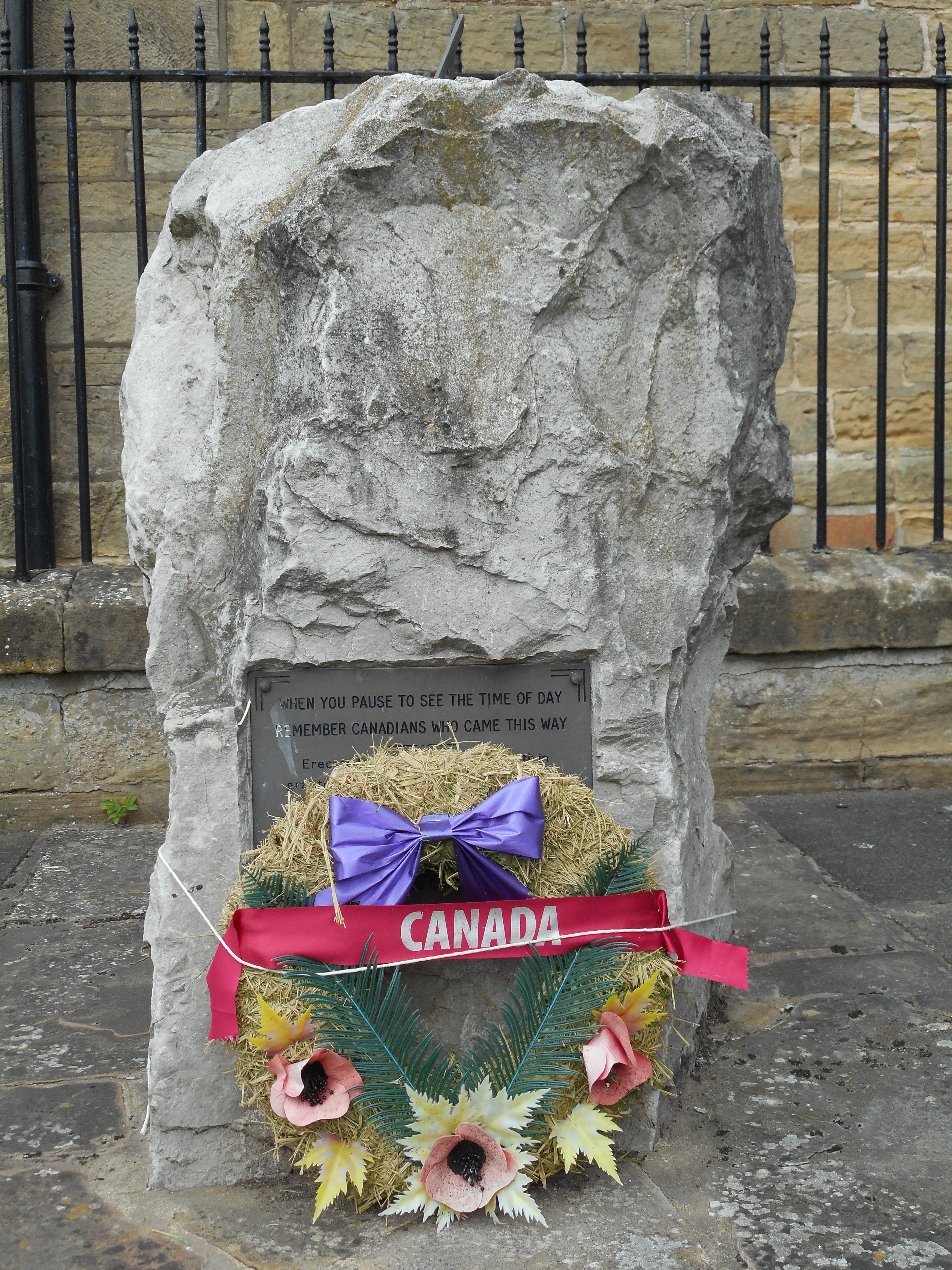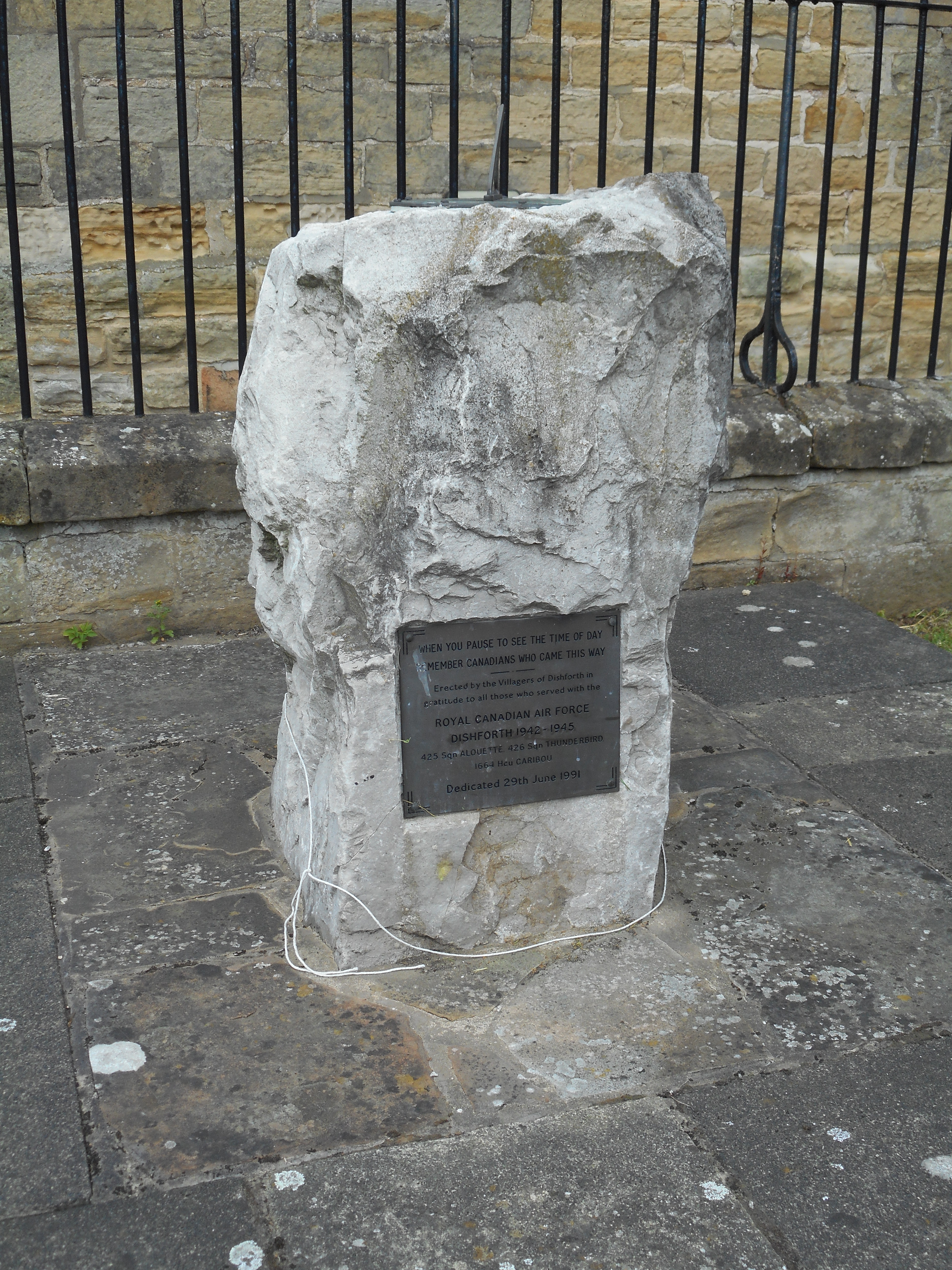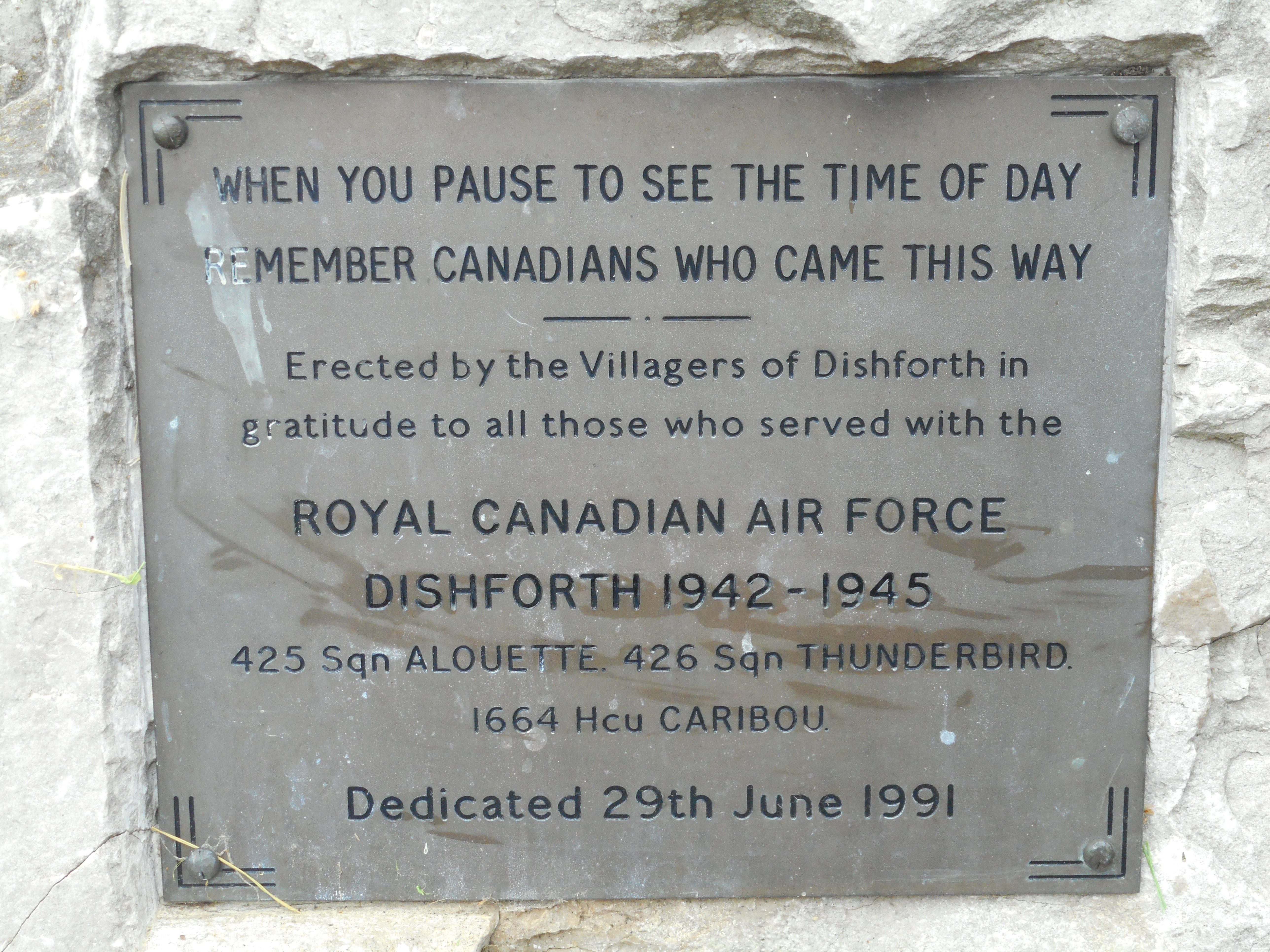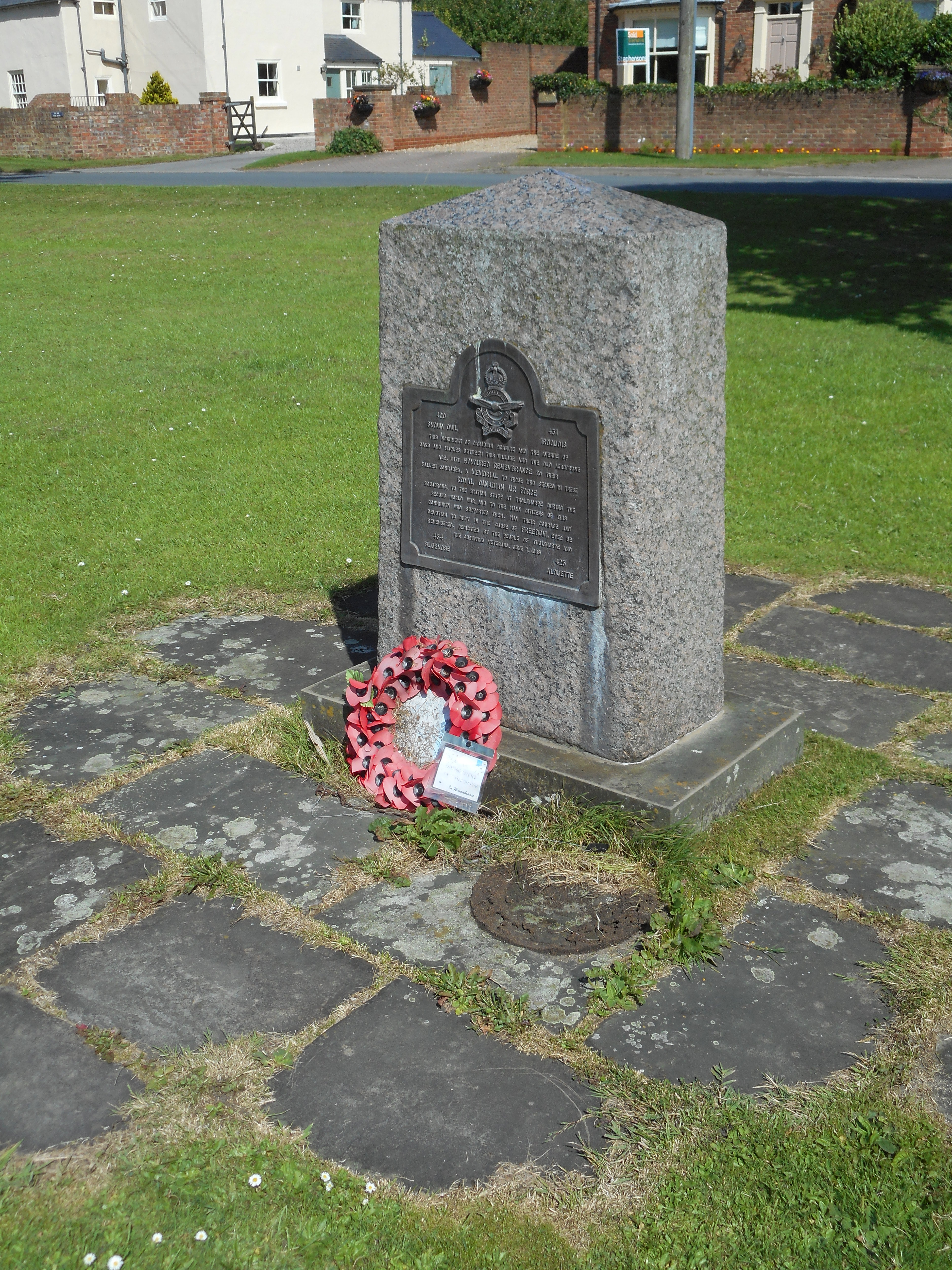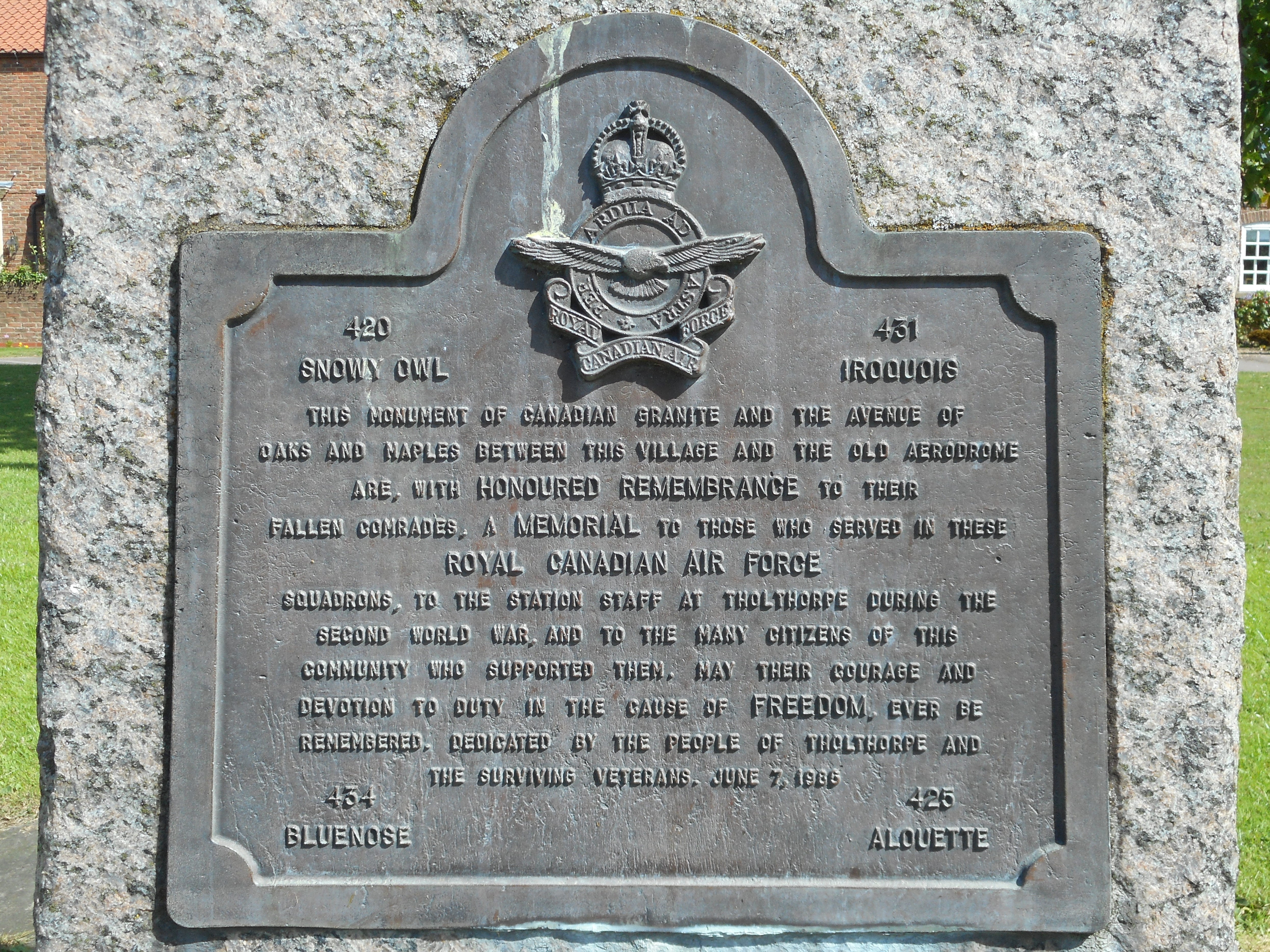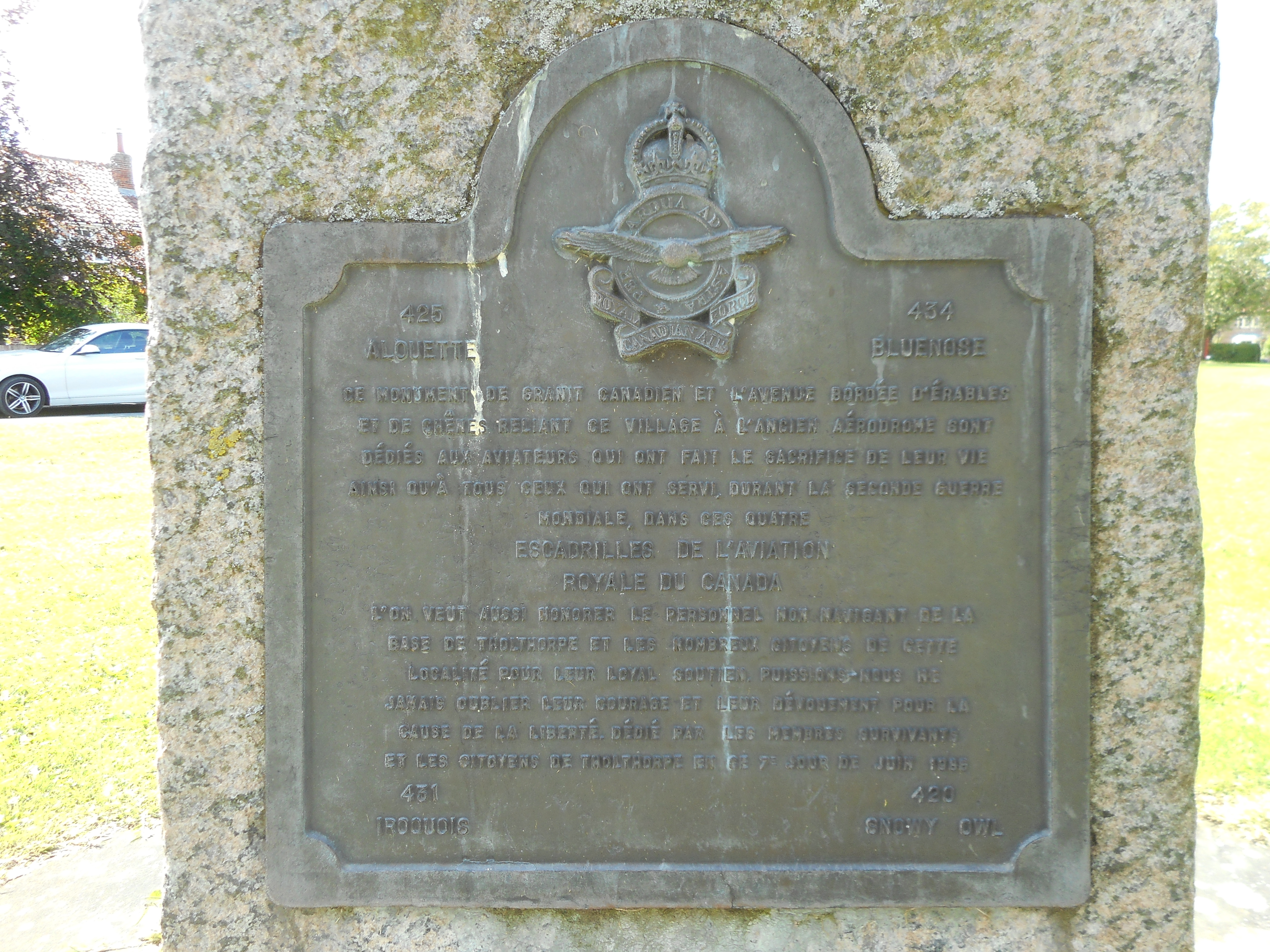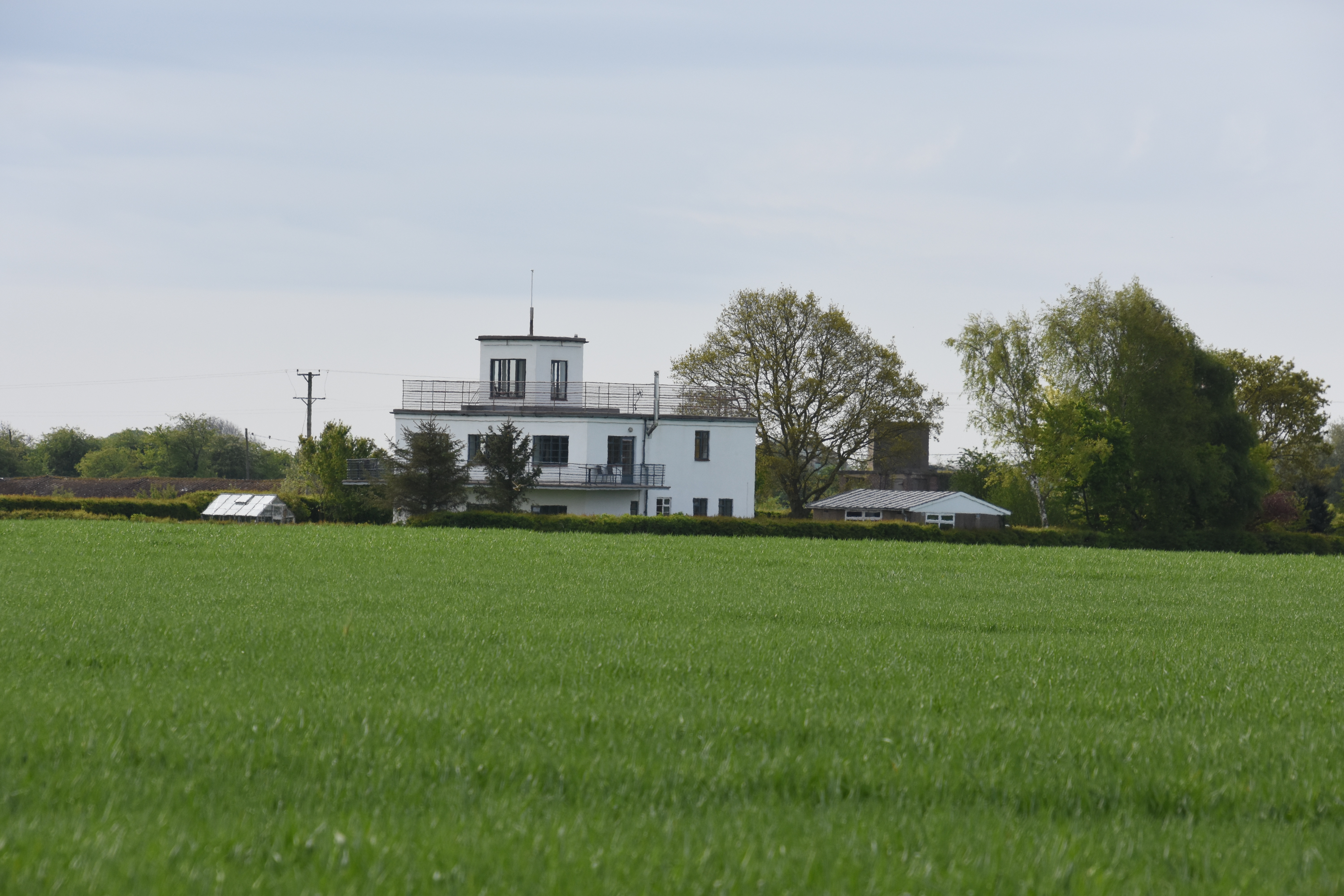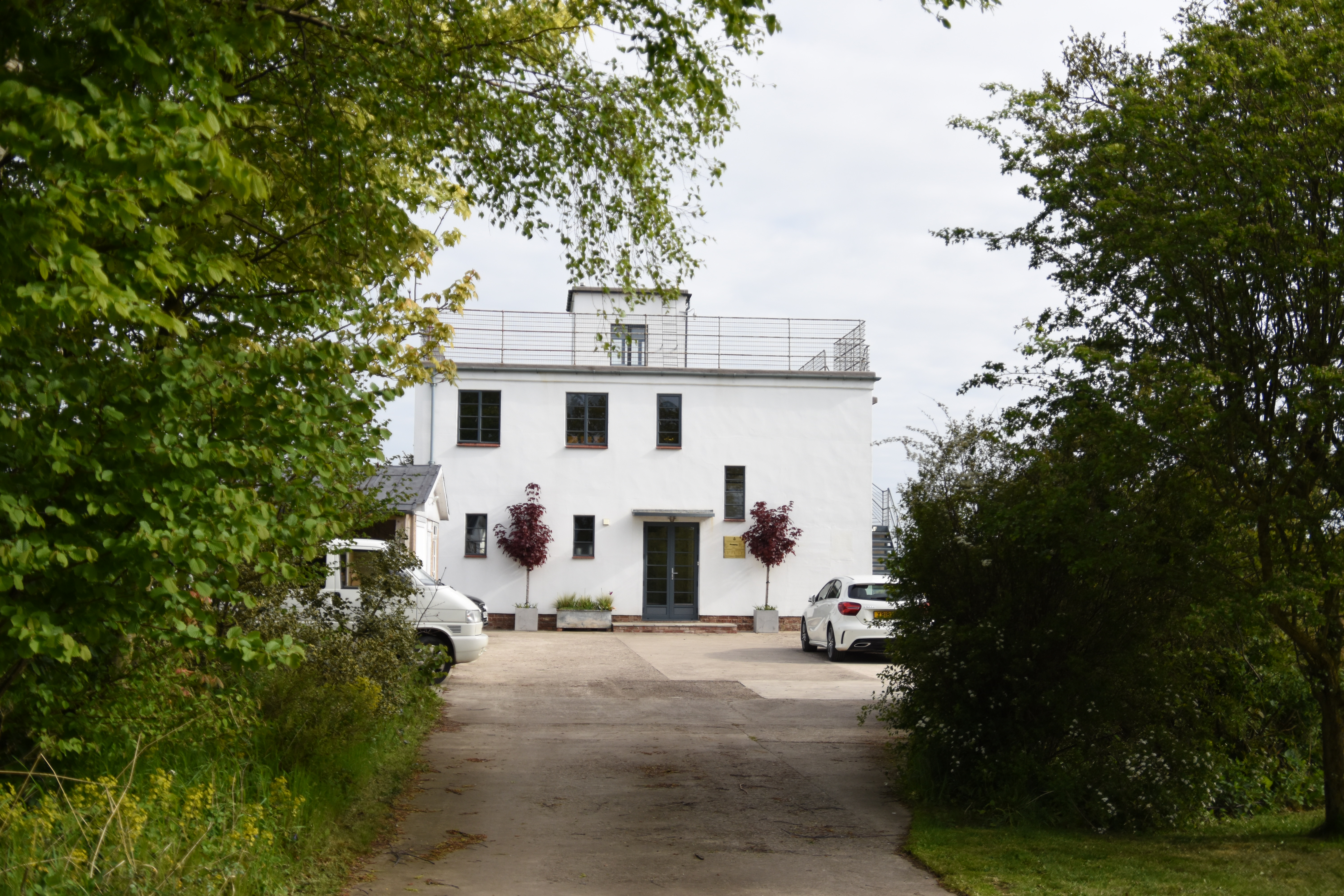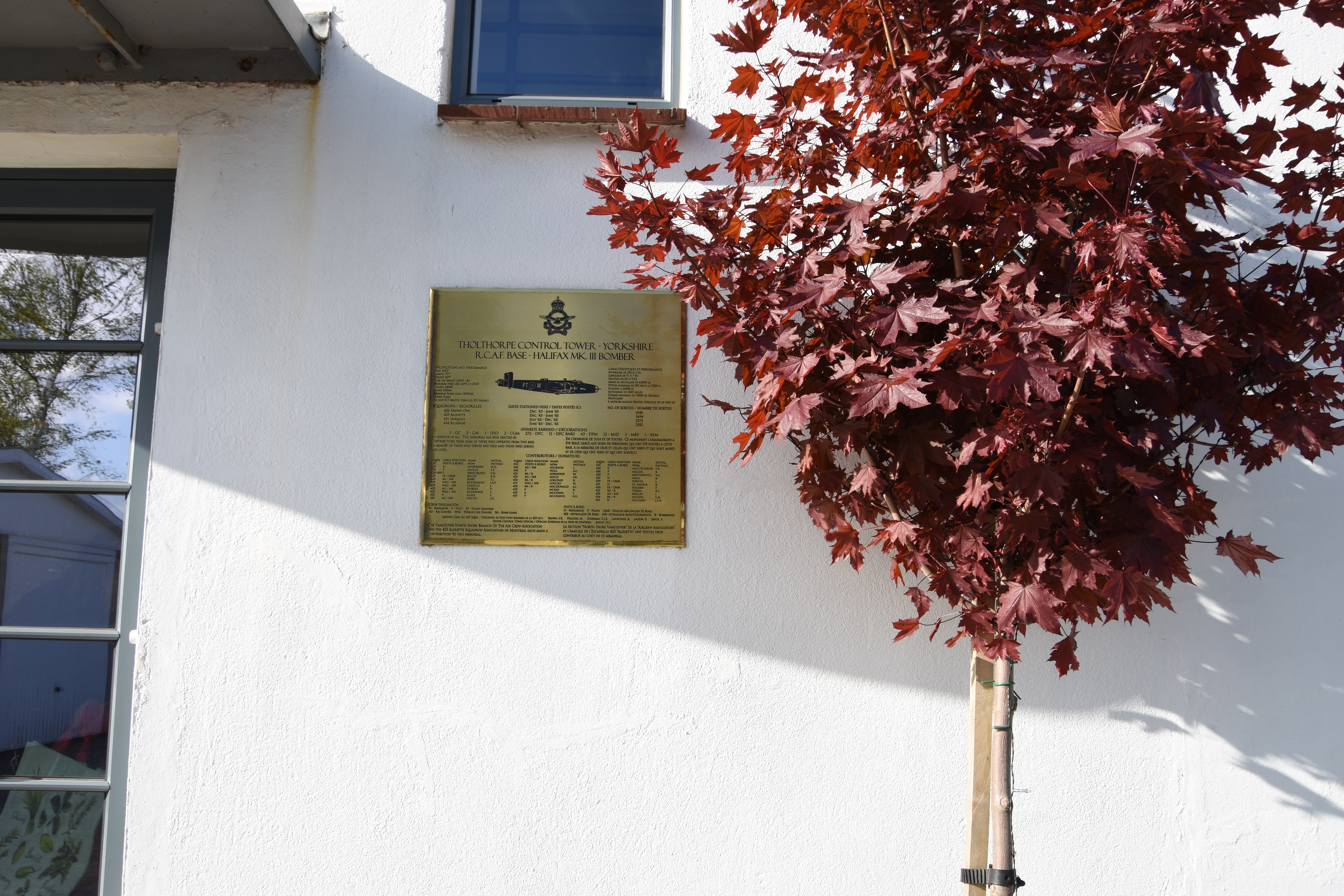Wheadon, Sydney John
Personal Information
| Rank | F/S |
| Forename(s) | Sydney John |
| Surname | Wheadon |
| Gender | M |
| Age | 22 |
| Decorations | |
| Date of Death | 19-04-1945 |
| Next of Kin | Son of Sidney and Matilda Wheadon, of Salford, Lancashire. |
Aircraft Information
| Aircraft | Handley Page Halifax III |
| Serial Number | LW431 |
| Markings | KW-U |
Memorial Information
| Burial/Memorial Country | Germany |
| Burial/Memorial Place | Berlin 1939-1945 War Cemetery |
| Grave Reference | 6. B. 19. |
| Epitaph |
IBCC Memorial Information
| Phase | 2 |
| Panel Number | 262 |
Enlistment Information
| Service Number | 2213579 |
| Service | Royal Air Force Volunteer Reserve |
| Group | 6 |
| Squadron | 425 (Alouette) |
| Trade | Flight Engineer |
| Country of Origin | United Kingdom |
Other Memorials
| Location | Outside Village Hall, Dishforth, North Yorkshire |
| Country | United Kingdom |
| Memorial Type | Memorial Stone and inscribed metal plaque |
| Memorial Text | In memory of the Canadian aircrew of 425 and 426 Sqns RCAF who served at RAF Dishforth, 1942-1945 |
| Location | Village Green, Tholthorpe, North Yorkshire |
| Country | United Kingdom |
| Memorial Type | Memorial Stone, inscribed metal plaque and Maple Tree |
| Memorial Text | A memorial, in French, to those Canadians who served at RAF Tholthorpe during WW2, including 425 Sqn |
| Location | Former Control Tower, Tholthorpe Airfield, North Yorkshire |
| Country | United Kingdom |
| Memorial Type | Inscribed Metal Plaque |
| Memorial Text | A memorial to those Canadians who served at RAF Tholthorpe during WW2, including 425 Sqn |
Miscellaneous Information
| Known as Ginger to his fellow crew |
| Account by Dick Curnock, the rear gunner, recorded in 2014: 19th April 1945. Still moving North. On about the 19th April we were informed that at our next stopping place we were going to get a Red Cross food parcel, one parcel per man at a place named Gresse, this was very good news as it was about three weeks since we last had one. We were walking through a rather large forest for quite some miles now and were informed that on the other side we would be issued with our parcels. We had been living on soup some overnight stops and now and again ersatz coffee reputedly made from acorns. So to be handed a parcel for yourself was out of this world and very much needed. So we came out of the forest along a track which was about 18 feet wide and had about another 6 or 8 feet either side which was about a foot lower and then a few trees sort of along the edge after them were fields and quite a lot more trees. At this time we were having a rest on the track starting to open up our parcels, when we heard some aircraft flying parallel to us about half a mile away. They sounded like Hurricanes so could be ours so kept sorting our parcels, when we heard these load explosions coming down the road towards us. The aircraft turned out to be our own Typhoons equipped with rockets and cannons plus machine guns and anti personnel rockets. I flung myself down and into the ditch which was only shallow and behind a plant which was about a foot high and about eight inches wide. It was just something to hang onto. The guard who had been sitting by a tree had been wounded and next to me an Aussie Sergeant wireless operator had been shot through his head and chest, my nearest bullet hit my boot heel, as I felt it but it just left a line across the heel. The two others I shared everything with were Ginger Wheadon and Alec Laing, who were nowhere to be seen. So I decided to walk back and found Alec not far away but very shaky. So told him to stay put and I would look for Ginger, on my way back up the track, I was giving drinks of water to people who had been wounded and were waiting for treatment either shock or wounds, but couldn’t find Ginger. There were people calling out for their friends, I came across one fellow sitting by a tree with the lower part of his body a mess, although he asked me for a drink as if nothing was wrong. Just as I had given him a drink a couple of his pals came and took over whilst I carried on my search for Ginger. At one hedge I passed there were legs sticking through so I hopefully looked on the other side, but hastily moved on as they were all there was. There were quite a few bodies lying about on the track but not Ginger, someone suggested I looked in the fields near where we had been - a lot of men had run across them, so I did and found him but he had been hit in the chest whilst running and was dead. He must have left his belongings in his haste as I never found them. The count was 35 POW were killed along with 6 of the German guards. |
| Excerpt from Dick’s Curnock’s log book on April 20th 1945 – “To our engineer Ginger Wheadon. Ging was killed by a bullet from a Typhoon whilst we were resting during a march on April 19th 1945, he was killed instantly. We are trying to get some of his personal kit to bring home for his Mother and Mary his girl. He was buried at a village of Heydekrug, 4km from Gresse where we had just drawn food parcels. He was buried by our Padre and a parson. The time of his death was about 12 noon. Having looked after one or two other badly wounded lads, I went back to Ginger only to find that all his kit had been taken and his pockets empty. Some thieving B……. had pinched everything he had on him. I only hope the food choked them and all the other things brought them the worst luck possible.” |
Commonwealth War Graves Commission
Last Operation Information
| Start Date | 25-02-1944 |
| End Date | 26-02-1944 |
| Takeoff Station | Tholthorpe |
| Day/Night Raid | Night (6% moon) |
| Operation | Augsburg. 594 aircraft, 21 losses (3.6%) although at least four were Lost due to collision. A highly successful raid in clear weather conditions with more than 2000 tons of bombs being dropped. This was another two-wave raid after the success of the Schweinfurt raid the previous night. This raid was controversial because it completely destroyed the beautiful old town and, due to the very high concentration, very little damage to the industrial areas that one might have expected to be the target. Approximately 3000 houses were destroyed and 85000+ people were bombed out of their homes. It was exceptionally cold and as a result the River Lech was frozen over, limiting the supply of water to fight the many large fires that resulted from the bombing. Of particular note was the loss of works of art, which local reports put at an astonishing 800 million Reichmarks. The Germans were quick to condemn this raid in the media and coined the phrase 'terror bombing'. Bombing during the second wave did spread to the suburbs and an important aircraft component factory and the M.A.N. factory were damaged. |
| Reason for Loss | All the crew survived the crash and were taken prisoner. Sgt. Wheadon was killed when his PoW column was strafed by Allied Typhoons in the infamous Gresse incident. |
